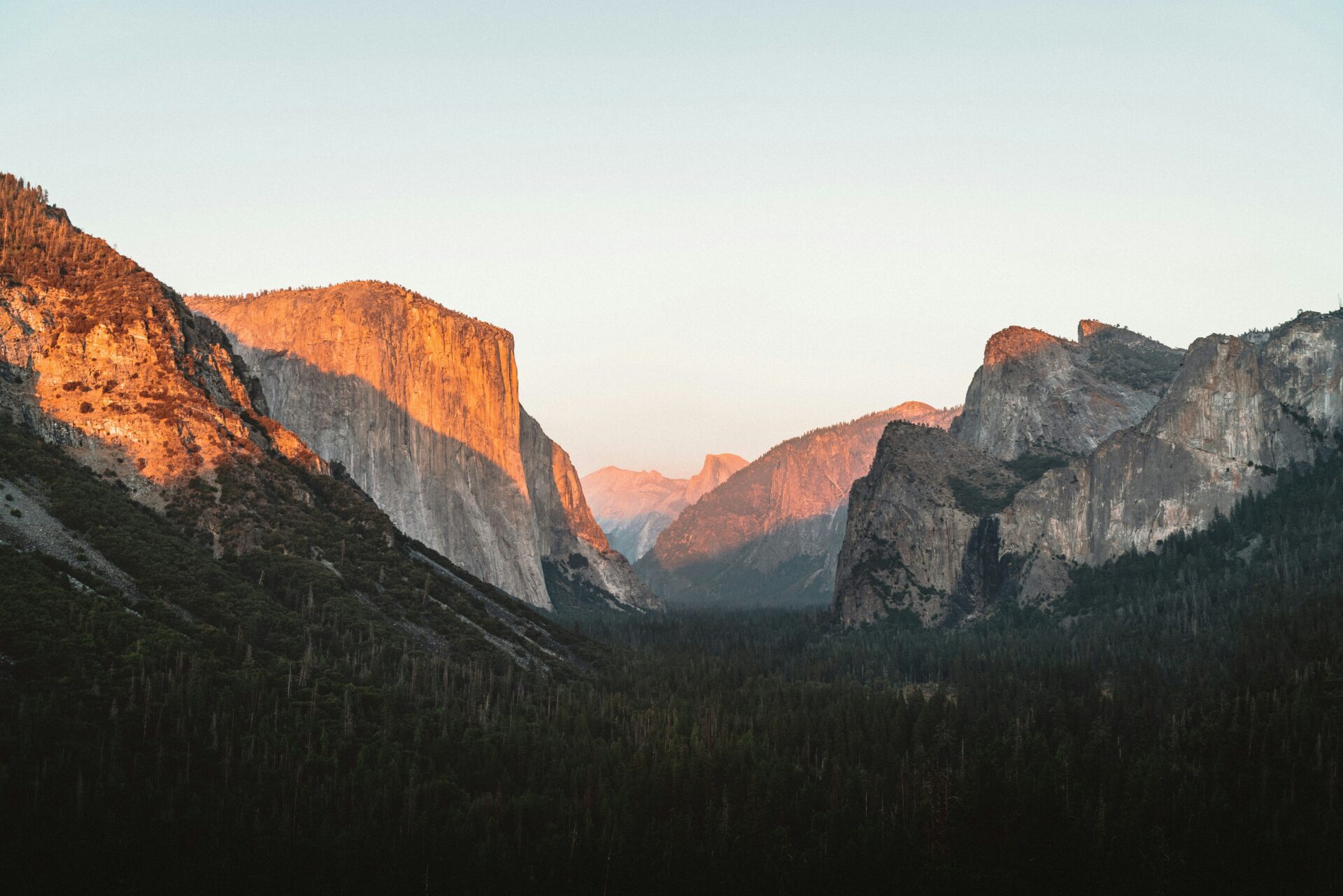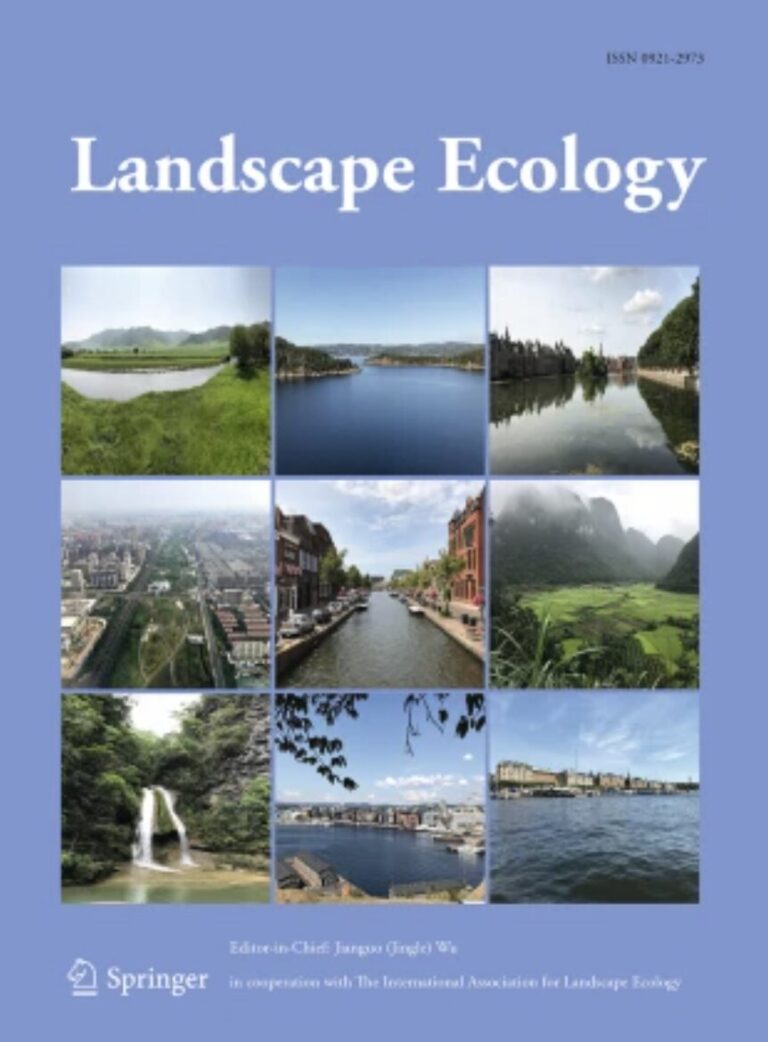Context Predicting climate-driven species’ range shifts depends substantially on species’ exposure to climate change. Mountain landscapes contain a wide range of topoclimates and soil characteristics that are thought to mediate range shifts and buffer species’ exposure. Quantifying fine-scale patterns of exposure across mountainous terrain is a key step in understanding vulnerability of species to regional climate change.
Objectives We demonstrated a transferable, flexible approach for mapping climate change exposure in a moisture-limited, mountainous California landscape across 4 climate change projections under phase 5 of the Coupled Model Intercomparison Project (CMIP5) for mid-(2040–2069) and end-of-century (2070–2099).Methods We produced a 149-year dataset (1951–2099) of modeled climatic water deficit (CWD), which is strongly associated with plant distributions, at 30-m resolution to map climate change exposure in the Tehachapi Mountains, California, USA. We defined climate change exposure in terms of departure from the 1951–1980 mean and historical range of variability in CWD in individual years and 3-year moving windows.
Results Climate change exposure was generally greatest at high elevations across all future projections, though we encountered moderate topographic buffering on poleward-facing slopes. Historically dry lowlands demonstrated the least exposure to climate change.
Conclusions In moisture-limited, Mediterraneanclimate landscapes, high elevations may experience the greatest exposure to climate change in the 21st century. High elevation species may thus be especially vulnerable to continued climate change as habitats shrink and historically energy-limited locations become increasingly moisture-limited in the future.


